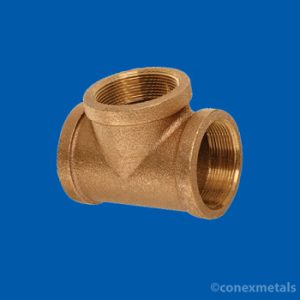Reducing Bushes
Reducing Bushes
Reducing bushes, also known as reducing couplings or reducers, are pipe fittings used to connect pipes of different diameters together in plumbing and piping systems. They are designed to facilitate a transition between pipes with larger and smaller diameters while maintaining a secure and leak-resistant connection. Reducing bushes come in various sizes and materials, allowing for versatile applications in different industries and settings.
Here are key points to understand about reducing bushes:
- Design and Configuration:Reducing bushes have two female-threaded ends with different diameters. The larger end is threaded to match the larger pipe’s diameter, while the smaller end is threaded to match the smaller pipe’s diameter. This design allows for the pipes to be connected end-to-end, providing a smooth transition between the different diameters.
- Size and Variations:Reducing bushes come in various size combinations to accommodate different pipe diameter transitions. For example, a 3/4″ x 1/2″ reducing bush would have a 3/4″ female thread on one end and a 1/2″ female thread on the other.
- Material Composition:Reducing bushes are made from a variety of materials, including Bronze, Brass, Stainless Steel, plastic, and other alloys. The material choice depends on factors such as the fluid being transported, compatibility with other materials, and environmental conditions.
- Applications:Reducing bushes are used in various applications, including plumbing systems, industrial processes, and other fluid transportation systems where pipes with different diameters need to be connected.
- Pressure and Temperature Ratings:The pressure and temperature ratings of reducing bushes depend on the material, design, and size of the fitting. Ensure that the chosen reducing bushes are suitable for the intended working conditions.
When using reducing bushes, consider factors such as the material, thread type, compatibility with other materials, and the requirements of the system.





